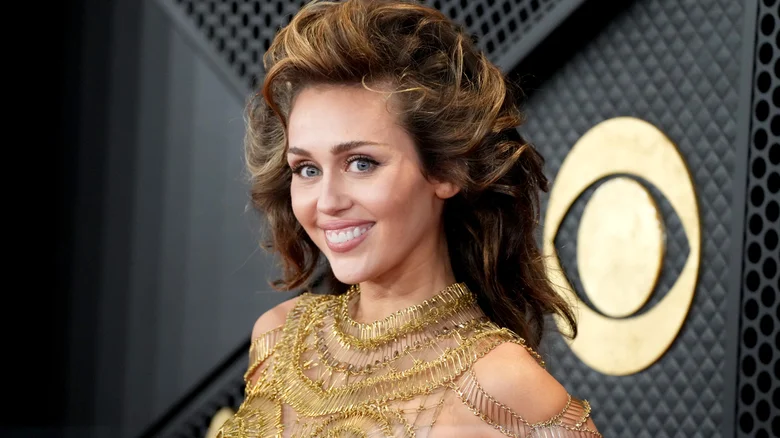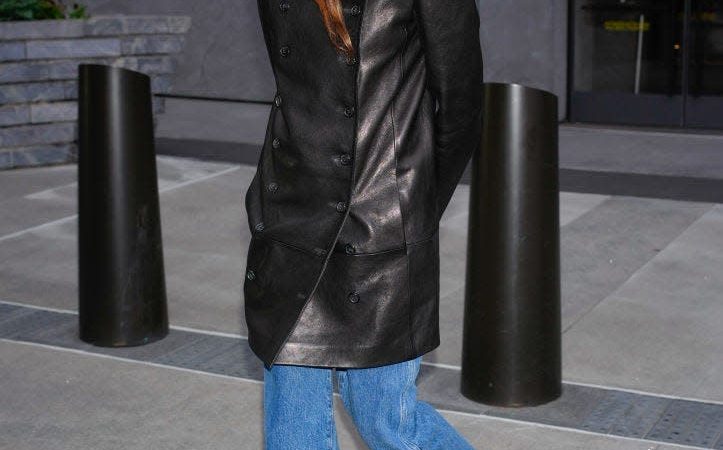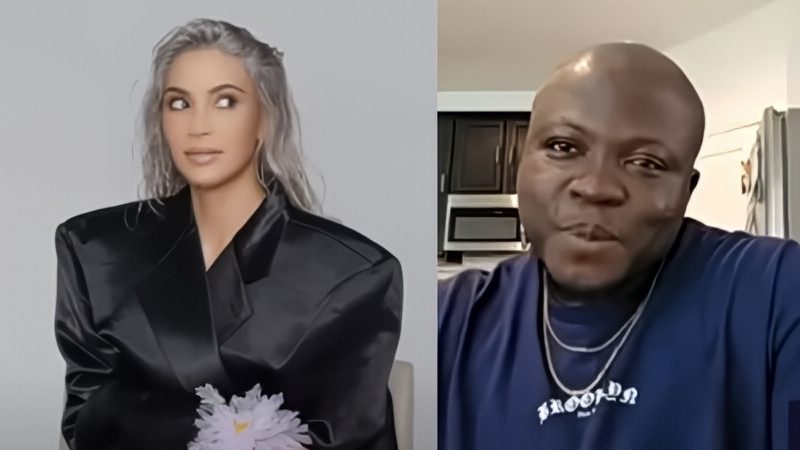Taylor Swift commands a huge fan base — and for some, it borders on spiritual
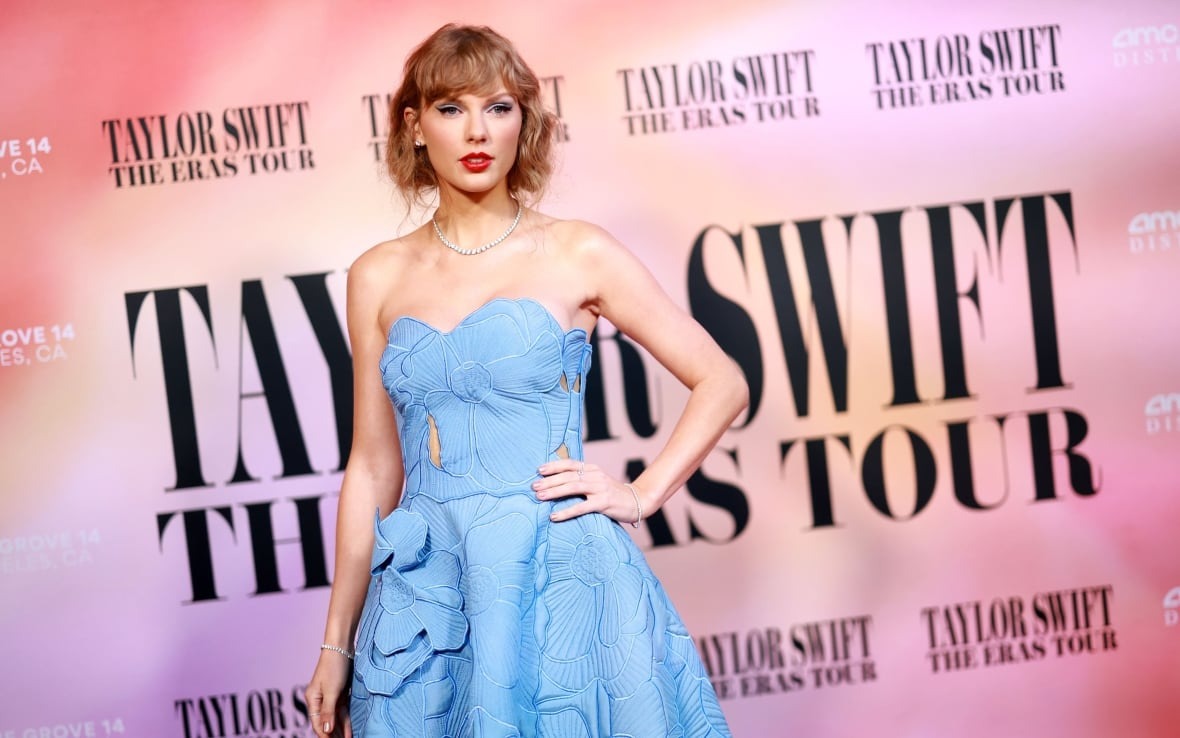
When Francesca Grupposo is faced with a tough decision, she asks a question: What would Taylor Swift do?
“You either go with what your mind is saying or you go with what your heart is saying,” the 21-year-old fan told CBC Radio’s Tapestry.
“I find a lot of the times, go with the heart…. And I personally think that’s what Taylor does all the time, is she leads with her heart.”

There’s been a fervent fan base surrounding Swift and her brand of music since she burst onto the scene in 2006. But more recently, that devotion has risen to new heights, particularly given the record-breaking success of her worldwide Eras Tour concerts and movie.
“The reason I think that they do this is that religion is really the best analogous experience in order to articulate, one, how they feel about the celebrity, but two, about their experiences with their celebrity or their fans.”
Grupposo, of Stouffville, Ont., has been a Swift fan for most of her life. Her first memory of the star goes back to the 2009 film Hannah Montana: The Movie, in which Swift had a guest role
Being connected to a community of Swifties has allowed Grupposo meet other fans from all walks of life. Swift’s mᴀssive repertoire also offers a song to help her process just about anything, she says.
Those anchor points have helped Grupposo understand herself better and even made her coming-out experience easier, for example.
“She’s never afraid to write a song about anything,” she said. “Whatever she experiences in life, whether it could be, you know, a good thing or a bad thing, she writes about it.”
Swift dance parties held across Canada
Meanwhile, Miri Makin loves Taylor Swift’s music so much, she co-founded a Toronto-based company to celebrate it.

TSwift Dance Party Canada, which started in November 2021 with co-founder Victoria Morton, organizes events across the country that bring together Swifties as a DJ exclusively spins Swift’s discography — all while raising money for charity.
“I think I’ve always been kind of jealous that I didn’t have that built-in community with people who cared about the exact same thing that I did pᴀssionately, and now I do,” Makin said.
Like Grupposo, Makin says she feels like she’s grown up with Swift. Makin is two years younger than the performer, who is 33, and says it feels like many of her milestones have aligned with Swift’s.
“Any time she’s written an album, it’s come out a year or two later, which basically means that I’m going through whatever she was going through age wise when she wrote her music,” she said.
We find ourselves connected to celebrities and art when they reflect what we want to see in ourselves, says Maja Djikic, a personality psychologist and executive director of the Self-Development Laboratory at the University of Toronto’s Rotman School of Management.
Fans use an artist’s work — whether it’s music, a book or another creation — to positively remind themselves of their “potential.”
“Somebody could look at Taylor Swift and see her immense creativity or the freedom that she expresses when she’s on stage, and that part of themselves … could be saying, ‘Oh, yes, I could do that,'” Djikic told Tapestry.
The relationship fans form with celebrities can offer a sense of intimacy even if there’s no expectation or belief that the star will reciprocate. That’s in some ways good, she says, because there’s no possibility for rejection. On the other hand, that relationship can be simply a business transaction.
“There is this person who might have economic incentive to do things that makes us believe that there is intimacy when really there is none,” Djikic said.
“This kind of cultivation of potential intimacy … could be sort of this dark side of fandom, because I don’t imagine Taylor Swift is really looking for a lot of friends among her fans.”
‘Lifelong commitment’
Thousands of people have turned up for Makin’s Swift-themed parties. It’s an audience whose members are deeply in sync with each other, Makin says.
She recalls one recent Toronto event that saw more than 3,500 Swifties take to the dance floor. During All Too Well — the 10-minute version, a fan favourite — Makin looked out over the crowd to see everyone singing along. Swaying, she put up her hands, making a heart with her fingers, just as Swift does on tour.
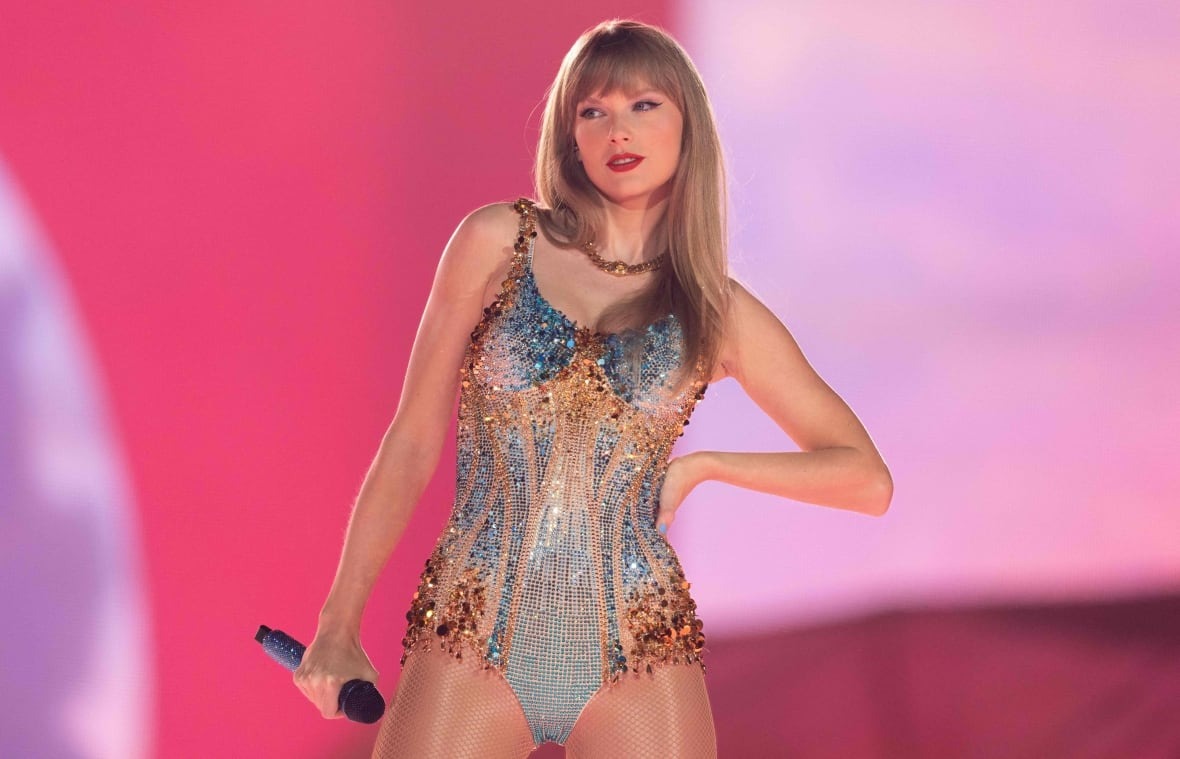
“And I looked out and 3,500 people — I kid you not, every single person in the entire room — within 10 seconds had put up their own hands and were all just waving in time, eyes closed, singing the lyrics at the top of their lungs,” she recalled.
“You see it at a Taylor Swift concert, but other concerts I’ve been to, you don’t even see that kind of unanimous love for someone.”
Part of Swift’s success in courting such a devoted fan base is through the different “eras” of her career, Riddell says. For example, Swift firmly began as a country artist before moving into pop. And recently, with her Folklore and Evermore albums, the artist leaned into a more stripped-back, folk-style sound.
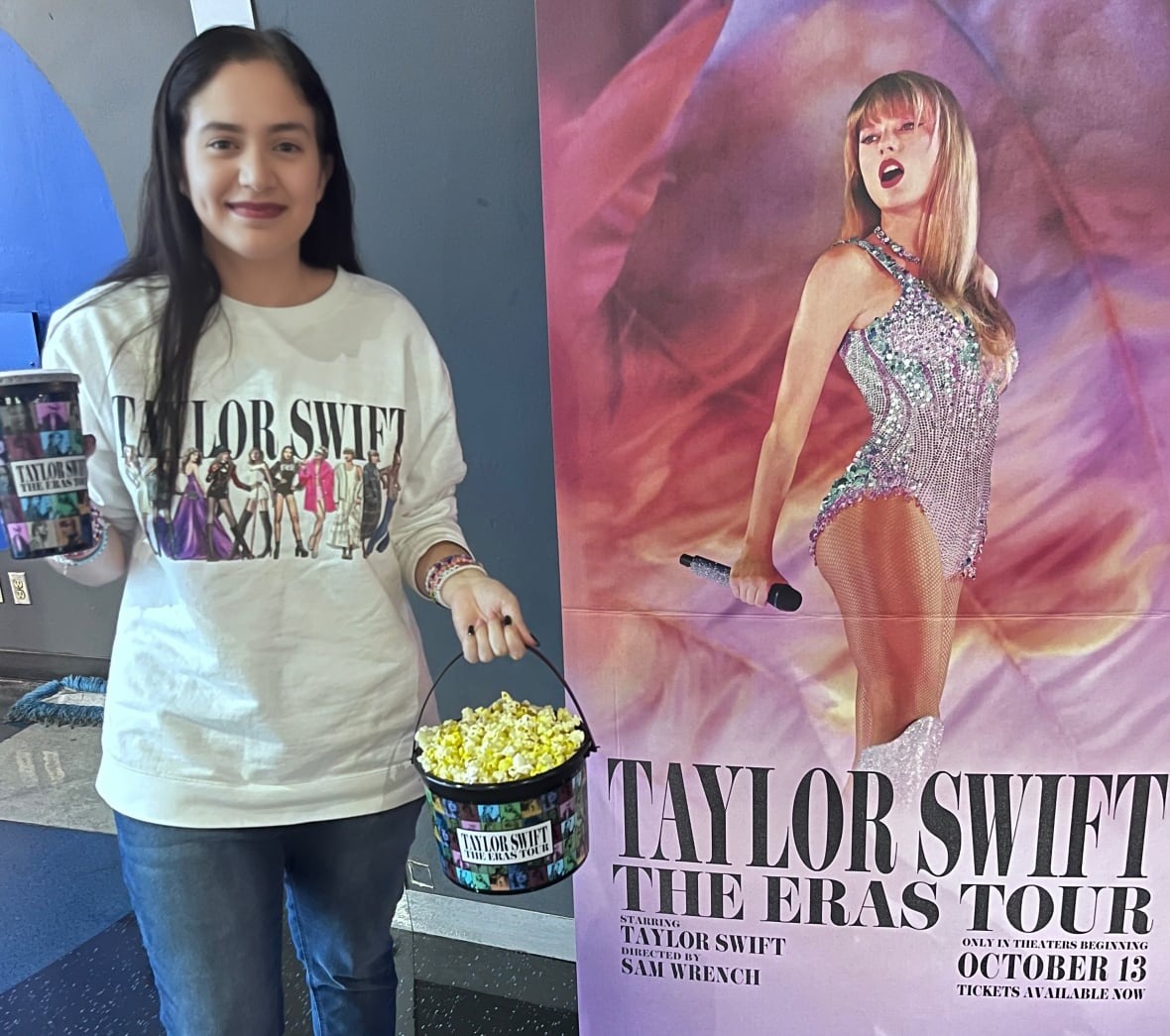
Riddell, who has studied fans of deceased artists John Lennon and Johnny Cash for her PhD dissertation, says the more distinct periods a celebrity has in their career, the more fans will gravitate toward them.
“When there’s such a span of different ways the fan can identify with a celebrity, it’s more likely that the fan will recognize themselves in the celebrity because there is such a mulтιтude of locations of identification,” she said.
